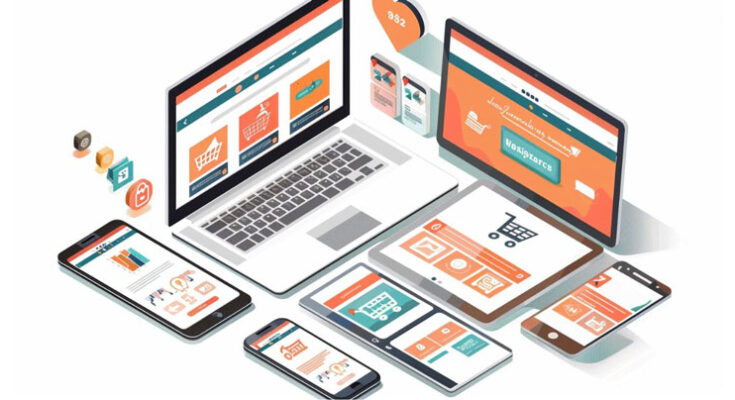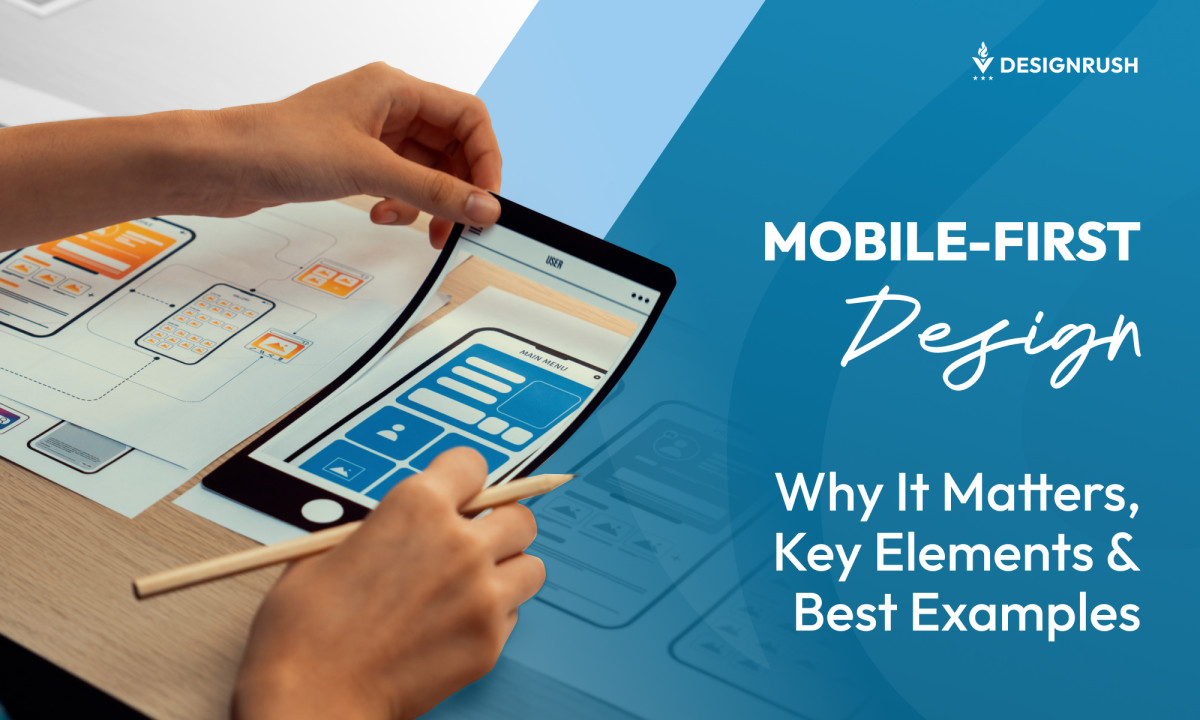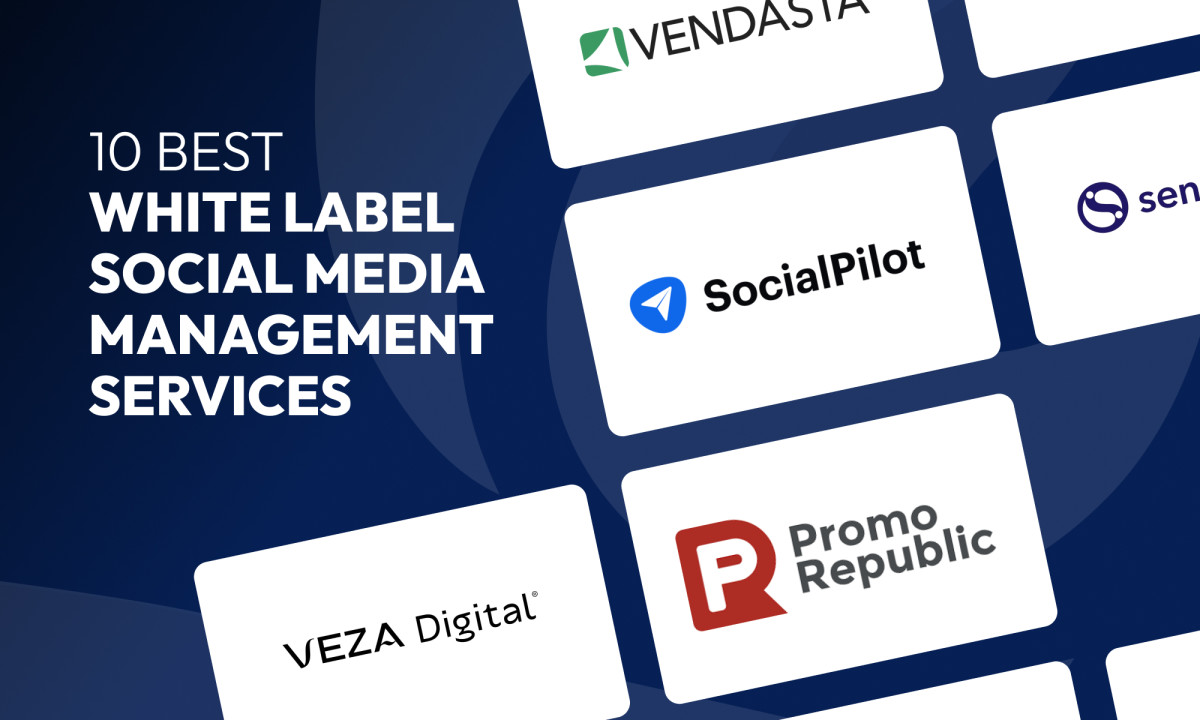In the cluttered world of apps and websites, design can often help your brand stand out. If you can manage to deliver a pleasing experience to users, they are more likely to come back to you. In order to deliver that kind of experience, it is important to understand what resonates with them.
To help you make important design decisions in 2018, here is a list of the top UX trends of 2017.
1. Minimalism
The biggest brands out there adopted a minimalist approach to design, which meant content took center stage. Instagram’s revamp is the best example here. The image-sharing platform’s redesign incorporated plenty of white space to make for an uncluttered user experience. The same goes for Facebook’s mobile app. Minimalist design puts the focus on the most important element for a website or app — in the case of Facebook and Instagram, it’s content. For a travel app, it could be its search engine that lets users find flights and hotels.
How To Leverage It In 2018
If you are going minimal with design, identify the most important elements of your app and website. Focus on these elements and push everything else to the background. White space and clean lines are your best friends here. And stay clear of the hamburger menu. The idea is to improve user experience, and Spotify’s hamburger tale isn’t very inspiring.
2. Skeuomorphism
The advent of smartphones led to flat design and, ultimately, the death of skeuomorphism. For the uninitiated, skeuomorphism in design refers to interfaces that imitate the behavior and aesthetics of real-world objects. Your computer’s virtual keyboard is an example of skeuomorphism. It looks and behaves exactly like the real thing. The design language is meant to make it easy for people to interact with digital interfaces. However, as computers and the internet became ubiquitous, skeuomorphism slowly made way for flat design and minimalism. This was primarily done to improve user experience and to accommodate screens with limited real estate (such as mobile devices).
However, the proliferation of wearables and IoT has meant that skeuomorphism is making a comeback. The resurgence is expected to continue, thanks to the rise of augmented reality. With virtual reality, we can now touch and feel digital experiences, which means we will expect digital objects to behave like real-world things.
How To Leverage It In 2018
The trick is to strike a balance between flat design and skeuomorphism. This is where Google’s material design language can come in handy. Use shadows and gradients to add depth to your icons. Incorporate movement to direct users’ attention to specific areas of your website or mobile app.
3. Personalization
In the past year, AI and machine learning have come of age. IBM launched Watson and Elon Musk called for regulation in the field. Access to better data and the ability to churn useful insights from this data meant that more companies jumped on the personalization bandwagon. In fact, the seeds were sowed in late 2016 and big brands reaped the benefits in 2017. Take a look at Starbucks’ mobile app or Airbnb’s redesigned app for inspiration, both of which have personalization written all over it.
How To Leverage It In 2018
You could keep it simple and follow in the footsteps of Spotify, Netflix and Amazon by giving personalized content recommendations. However, if you want to take it up a notch, consider leveraging personalization to solve the problem of inclusivity in design. For instance, if you have a content-based app, such as Netflix, where the same account can be shared among users, the ability to automatically resize the font to suit different age groups could be a viable idea.
4. Virtual Assistants
The advancements in AI and particularly natural language processing led to the rise of chatbots in 2017. From shopping assistants to personal concierges, several brands rolled out chatbots for Facebook Messenger this year. Kik Messenger has also joined the war with the help of bots that help you order food at a restaurant. However, the chatbot revolution isn’t just limited to the B2C space. Organizations are utilizing the technology for better employee management and efficiency. Lloyds Bank, for instance, created a bot that helps employees with the company’s complete knowledge base. Amazon’s Alexa was everywhere this year. The tech giant even launched Alexa for business in 2017.
How To Leverage It In 2018
Increase customer satisfaction by investing in chatbots. Take a page out of Staples’ book. The office-supplies giant has a Facebook Messenger bot that helps you track orders and returns. You could also leverage chatbots to increase customer engagement. For instance, if you have a travel app, you could have a bot that gives personalized travel recommendations to people based on their mood. How will it gauge mood? Emojis!
What To Expect In 2018
While AI and personalization will continue to make headlines in the world of UX, I am actually betting on augmented reality to finally make a mark. Think augmented online shopping, where you can get a better feel for products in a virtual environment. This year could also be the year when the debate on push notifications gets a clear verdict. Like they say, it’s exciting times.











